
by American Crane | Jun 19, 2025 | Uncategorized
Key performance indicators (KPIs) are observable aspects of business or manufacturing that provide insight into operational efficiency, productivity, and overall performance. A KPI must be something that can be tracked and measured, like cycle times, number of units...
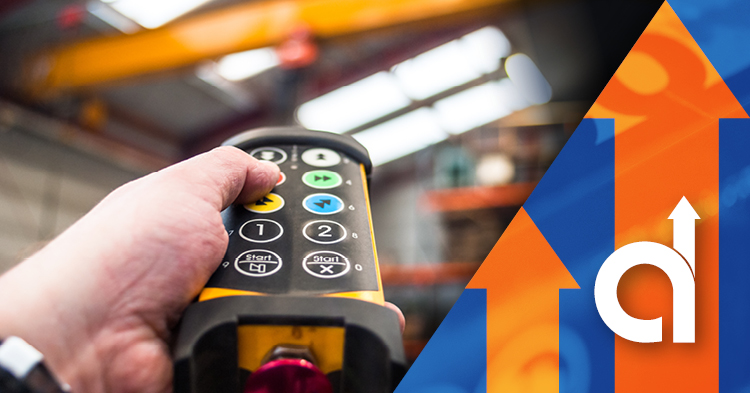
by American Crane | Jun 17, 2025 | Featured Products, Manufacturers, Uncategorized
Smart technology is changing the game in just about every industry these days — and cranes and hoists are no exception. As companies look for safer, faster, and more reliable ways to get the job done, new tech is stepping in to help. From automation to real-time data...
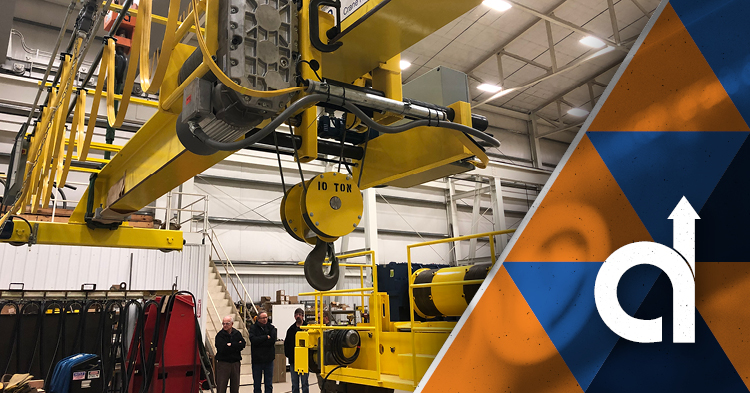
by American Crane | Jun 12, 2025 | Featured Products, Manufacturers, Uncategorized
As the world accelerates toward cleaner, more resilient energy systems, Small Modular Reactors (SMRs) are emerging as a key player in the next generation of nuclear technology. With their compact size, enhanced safety features, and scalability, SMRs offer a flexible...
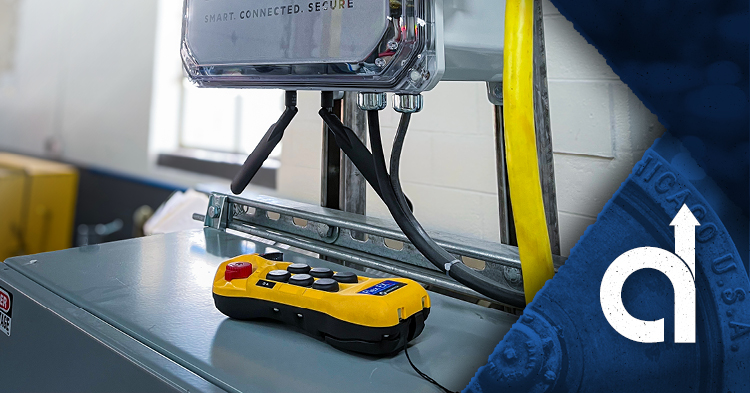
by American Crane | Jun 10, 2025 | Industry News, Manufacturers, Uncategorized
When workers are comfortable and equipment is easy to use, productivity and safety naturally improve — which is why ergonomic design has become a top priority in industrial controls. As the industry continues to evolve, so do the demands for more efficient and...
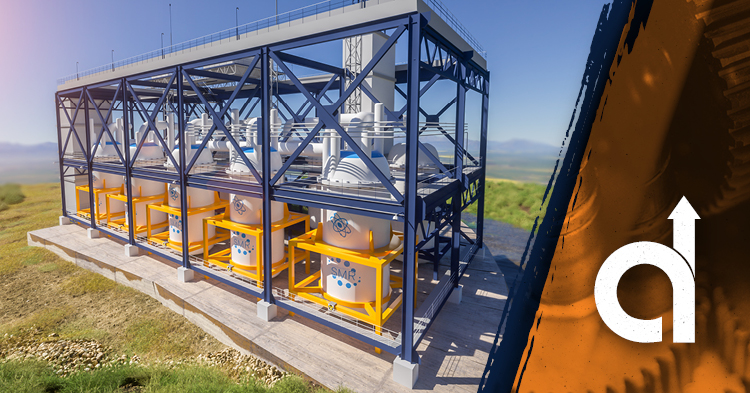
by American Crane | Jun 5, 2025 | Industry News, Manufacturers, Uncategorized
The Rise of SMRs and Their Unique Lifting Challenges As Small Modular Reactors (SMRs) gain momentum as a scalable, clean-energy solution, their unique demands are becoming clearer—especially when it comes to lifting and material handling. Engineers and contractors...
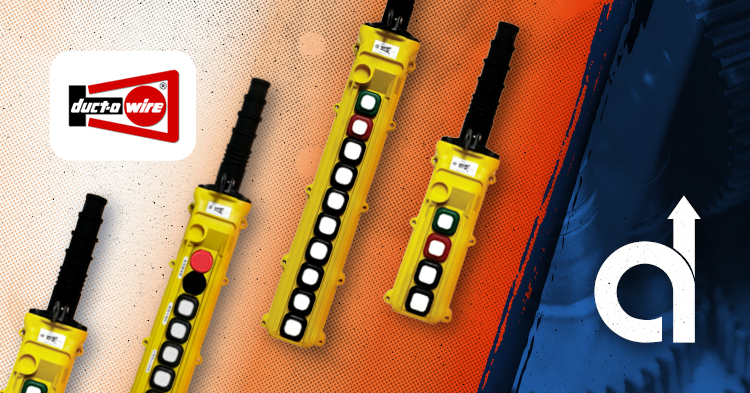
by American Crane | May 29, 2025 | Featured Products, Industry News, Manufacturers, Uncategorized
When your operations rely on seamless lifting operations, your control system needs to deliver—every time. The Duct-O-Wire L Series Pendants offer an effective solution for improving crane control, safety, and operational efficiency. These pendants are designed to...








